The Novār
Across the regions of Valley of Many Rivers, Zanfar Islands and Roze Beshure one is very likely to encounter the horned, humanoid dark-skinned (and furred) inhabitants. They are mostly known by the name Novār (nov. Enlightened), thanks to the renown of Novārkan Berkhumen, but they go by different names: Night People, Goatmen (due to their resemblance to goats) or Honey Gobblers.
One of the other prominent features includes their horns, which are much bigger in males than females. Children usually lack horns until late into youth, their sprouting is seen as a sign of transitioning into adulthood. They don't stop growing throughout all of their lifespan, which may cause ingrowing and splitting of the horns. When two Novār are having a fiery argument, one could see them locking horns, a behaviour from the distant past.
Novār have slit-like pupils, which allow to reduce the amount of light taken to the sensitive eye, and provide a degree of night vision. The iris can be a variety of colours, but the most common ones are yellow, orange or green.
One can't help but notice their unusually long arms, which reach down to their knees. They are very useful when it comes to trying to grab something from afar, and their reach is taken into account when making furniture. This furniture, however, proves to be inconvenient for humans. Located on their palms and feet are soft pads, which are mostly a thing left from the past, but are still useful to some extent to this day. At the end of each finger are sharp claws, which are usually trimmed in Novārkan Berkhumen.
Female Novār have a pouch located on their stomach, which contains mammary glands, and is used to protect and feed their young.
Novār have rather long ears, which they can control to turn them in the direction of a sound. When in distress, their ears droop or twitch, and in anger they are set back and lowered. Similar to this, their tails wag when they are being bothered by something.
From the past they have inherited playfulness, which is exhibited by all ages, although most prominent in young Novār. They can be easily distracted by something moving fast, which makes their predator instincts kick in.
Due to their fur, they can tolerate winters and cold weather more easily, and have less of a need for clothes, unlike humans. Clothing is more of an aesthetic or status symbol.
Appearance
The Novār are very different to humans, as one might expect. Standing at ~190cm (6'3"ft) on average, they may appear imposing to most people, especially when taking into account their wide maws with sharp fangs and a somewhat guttural voice. Their bodies are covered head to toe in fur, although most of it grows on the jaw, chest, back, forearm and calf regions, the rest may be more compared to fuzz. The fur coat is more dense in females, as well as fluffier. The colouration varies radically between the sub-races, but the common trend are dark roots and light, coloured tips. Across the body, light fur forms line ornamentations, primarily seen in males. Novār also have tails, although they are too small to have an effect on their clothing traditions. The height and body mass of the Novār have some negative consequences, as they are more prone to fractures and injuries.One of the other prominent features includes their horns, which are much bigger in males than females. Children usually lack horns until late into youth, their sprouting is seen as a sign of transitioning into adulthood. They don't stop growing throughout all of their lifespan, which may cause ingrowing and splitting of the horns. When two Novār are having a fiery argument, one could see them locking horns, a behaviour from the distant past.
Novār have slit-like pupils, which allow to reduce the amount of light taken to the sensitive eye, and provide a degree of night vision. The iris can be a variety of colours, but the most common ones are yellow, orange or green.
One can't help but notice their unusually long arms, which reach down to their knees. They are very useful when it comes to trying to grab something from afar, and their reach is taken into account when making furniture. This furniture, however, proves to be inconvenient for humans. Located on their palms and feet are soft pads, which are mostly a thing left from the past, but are still useful to some extent to this day. At the end of each finger are sharp claws, which are usually trimmed in Novārkan Berkhumen.
Female Novār have a pouch located on their stomach, which contains mammary glands, and is used to protect and feed their young.
Behaviour and Senses
Largely they behave like you would expect of a regular human, but their bestial origins can be seen not only in their appearance, but in their traits as well. They are mostly nocturnal (or crepuscular) creatures, they are sometimes active during the day, but very much prefer to curl up, sleep and bask in the sun (many of the architecture is designed with open-air spaces partially because of this).Novār have rather long ears, which they can control to turn them in the direction of a sound. When in distress, their ears droop or twitch, and in anger they are set back and lowered. Similar to this, their tails wag when they are being bothered by something.
From the past they have inherited playfulness, which is exhibited by all ages, although most prominent in young Novār. They can be easily distracted by something moving fast, which makes their predator instincts kick in.
Due to their fur, they can tolerate winters and cold weather more easily, and have less of a need for clothes, unlike humans. Clothing is more of an aesthetic or status symbol.


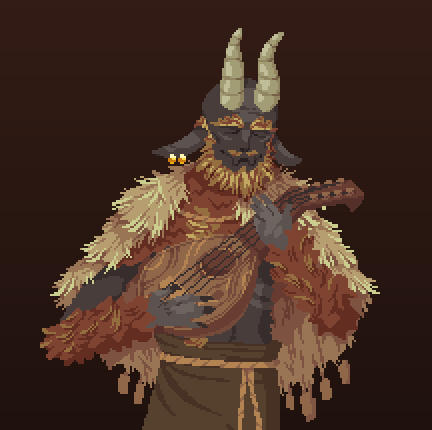
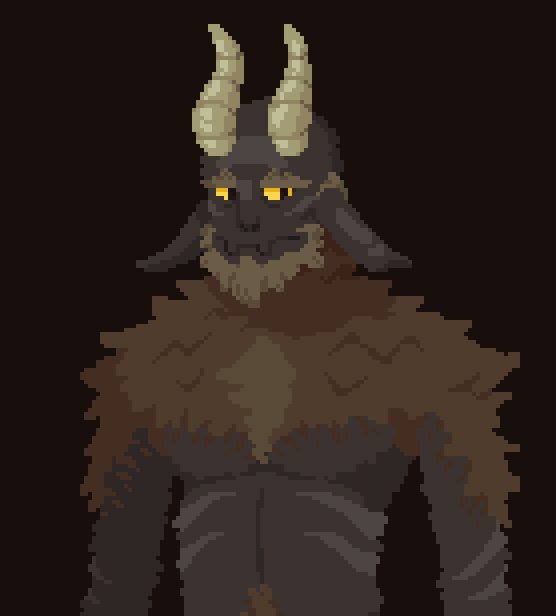
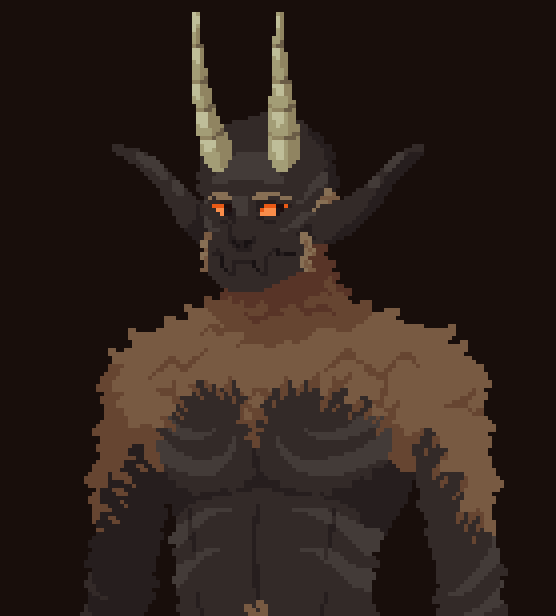
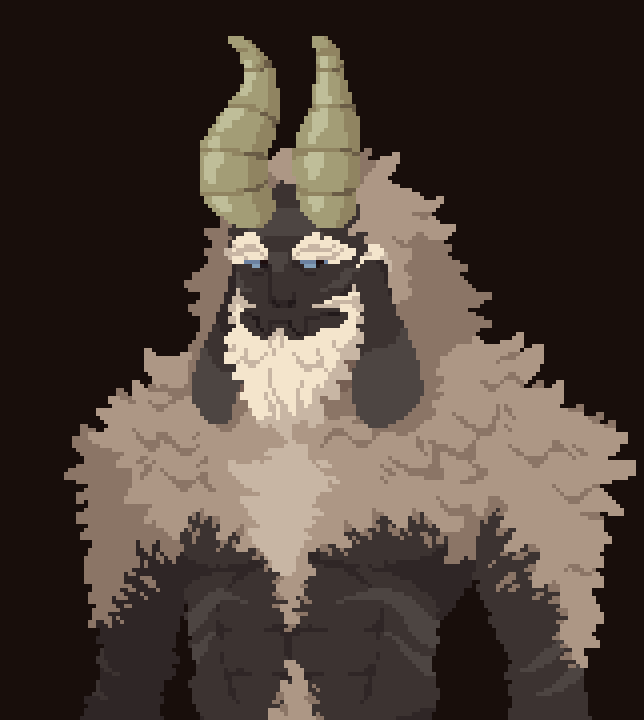
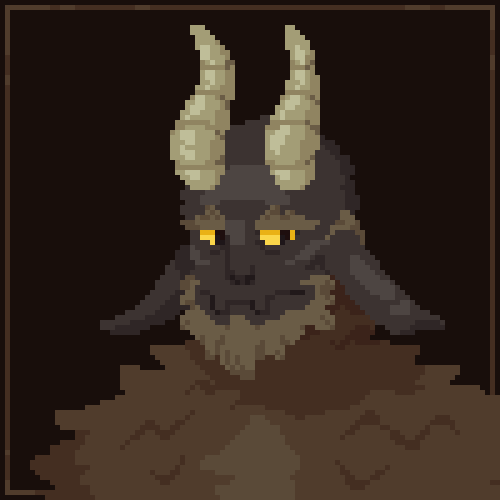

Comments